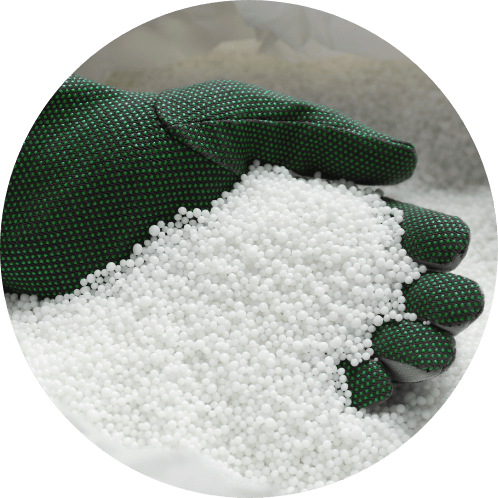
Health, Safety and Environment.
Safety data sheets
If you are placing an order for SINCO’s Ammonium Nitrate products, it is important to obtain the safety information sheets (SDSs) along with it.
In your site, please keep a copy and make a note of any other hazardous chemicals that are present on your site and include a copy of their SDSs to this list. It is essential to place each SDS in a location that is easily accessible to the workers, so they can refer to it if needed. Moreover, ensure that the information is visible to anyone assisting with emergencies.
Safety equipment and personal protective equipment (PPE)
It is important to provide appropriate personal protective equipment while handling Ammonium Nitrate. This may include wearing eye protection or a shield for your face, gloves and clothes made of PVC or rubber, and a mask that filters out dust.
Remember to check the SDS for additional protective equipment required. Also, ensure that showers and eye washers are nearby in case of any contact with the chemical on your skin or eyes.
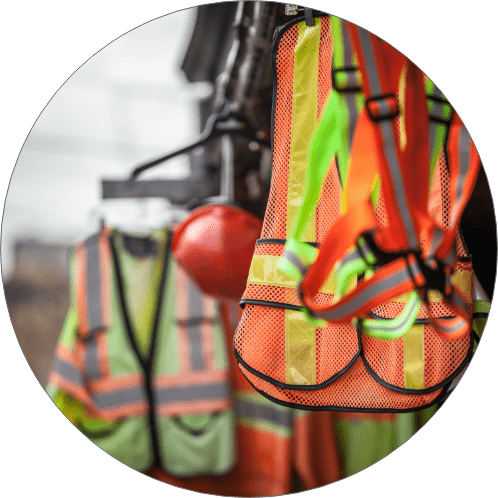

Employee Health & Wellbeing
At SINCO, the health and well-being of its employees is always a top priority. The company strives to maintain a safe and healthy workplace by reducing any risks or injuries that may occur. With the help of its safety team, SINCO provides guidance and support to all employees and contractors to ensure that everyone remains safe on a daily basis. Additionally, SINCO offers its employees a range of benefits through its Wellness Program, aimed at promoting a healthy work-life balance.
Hot work and ignition sources
To ensure safety when handling Ammonium Nitrate, please follow these guidelines:-
Keep all sources of fire, such as cigarettes and flames, away from the storage area of Ammonium Nitrate.
Move all Ammonium Nitrate bags far away from the work area before carrying out any maintenance or hot work.
To prevent the risk of fire, explosion, or harmful fumes, clean any surface containing Ammonium Nitrate before commencing welding or hot work.
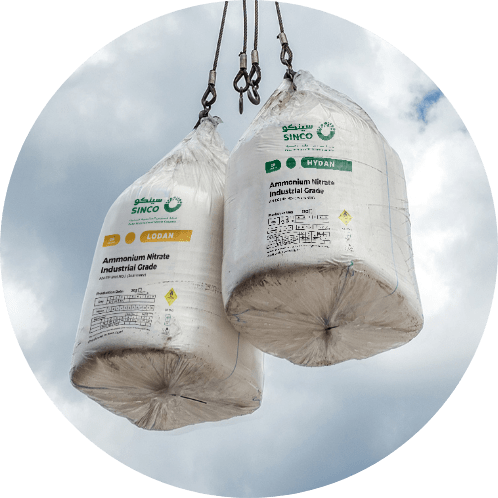
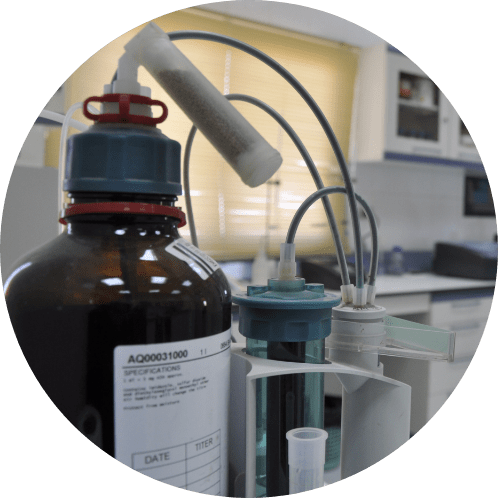
Segregate incompatible materials
It is crucial to know that Ammonium Nitrate can become dangerous or even explode if it comes into contact with certain substances. These include liquids or solids that are easily combustible, organic, acidic, basic, or harsh chemicals, gases that can catch fire under pressure, and other substances that can cause a reaction, such as animal fats, cotton bales, rag bales, bleach powder, camphor, caustic soda, cement, charcoal, coal, coke, cotton bags, cork, fish meal, fish oils, foam rubber, hay, linseed oil, lubricating oils, naphthalene, oily clothes or fabrics, sawdust, paper scraps, straw, wood shavings, vegetable oils or other oils that dry up or oxidize.
To ensure safety, always keep Ammonium Nitrate away from all of these substances that do not go well with it.
If any of the substances that do not go well with Ammonium Nitrate are liquids or have the potential to cause a severe explosion, store them in separate locations or at least 5 meters apart from each other.
Firefighting
It’s important to note that Ammonium Nitrate on its own doesn’t burn, but it can exacerbate a fire by accelerating the burning process or producing hazardous gases when exposed to heat. To effectively combat a fire, you must have firefighting equipment that is compatible with the local Fire and Rescue Service’s tools. You must also ensure that you have a sufficient amount of water to extinguish the flames.
- In case of a small fire involving Ammonium Nitrate, use a hose to extinguish it immediately. For larger fires near a store, use a water spray to cool down the adjacent store.
- If there is a significant amount of Ammonium Nitrate stored, use a water spray from a safe distance.
- Ensure that fixed fire alarms are installed to detect fires at an early stage.
- For stores larger than 200 m², keep fire hoses readily available.
- It is important to have firefighting equipment that meets the standards for the storage and handling of oxidizing agents.
- If a fire occurs, call the Fire and Rescue Service and evacuate to a safe place where you are not exposed to smoke or the risk of explosion.
Locating storage areas
When selecting a storage location for Ammonium Nitrate, it is important to consider the following factors:
A- Ensure that the storage area is sufficiently distant from potential hazards, such as property boundaries, schools, places of worship, colleges, theatres, hospitals, and aged care facilities.
B- Choose a location with a floor that is easily accessible from outside the building.
C- Keep all flammable materials, plants, and non-ammonium nitrate-related equipment at least 10 meters away from the storage area.
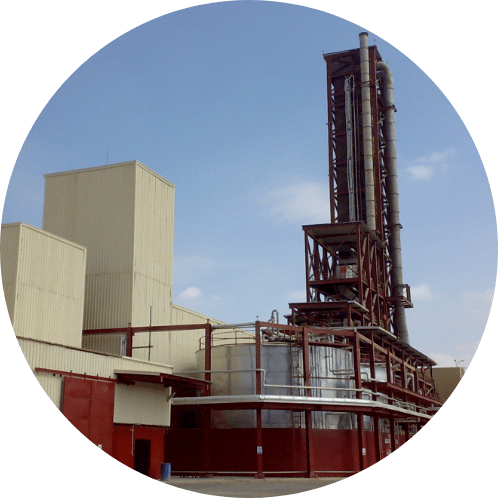
Safety signs
Place warning signs to prohibit smoking and inform about danger.
Display signs to restrict entry for unauthorized personnel.